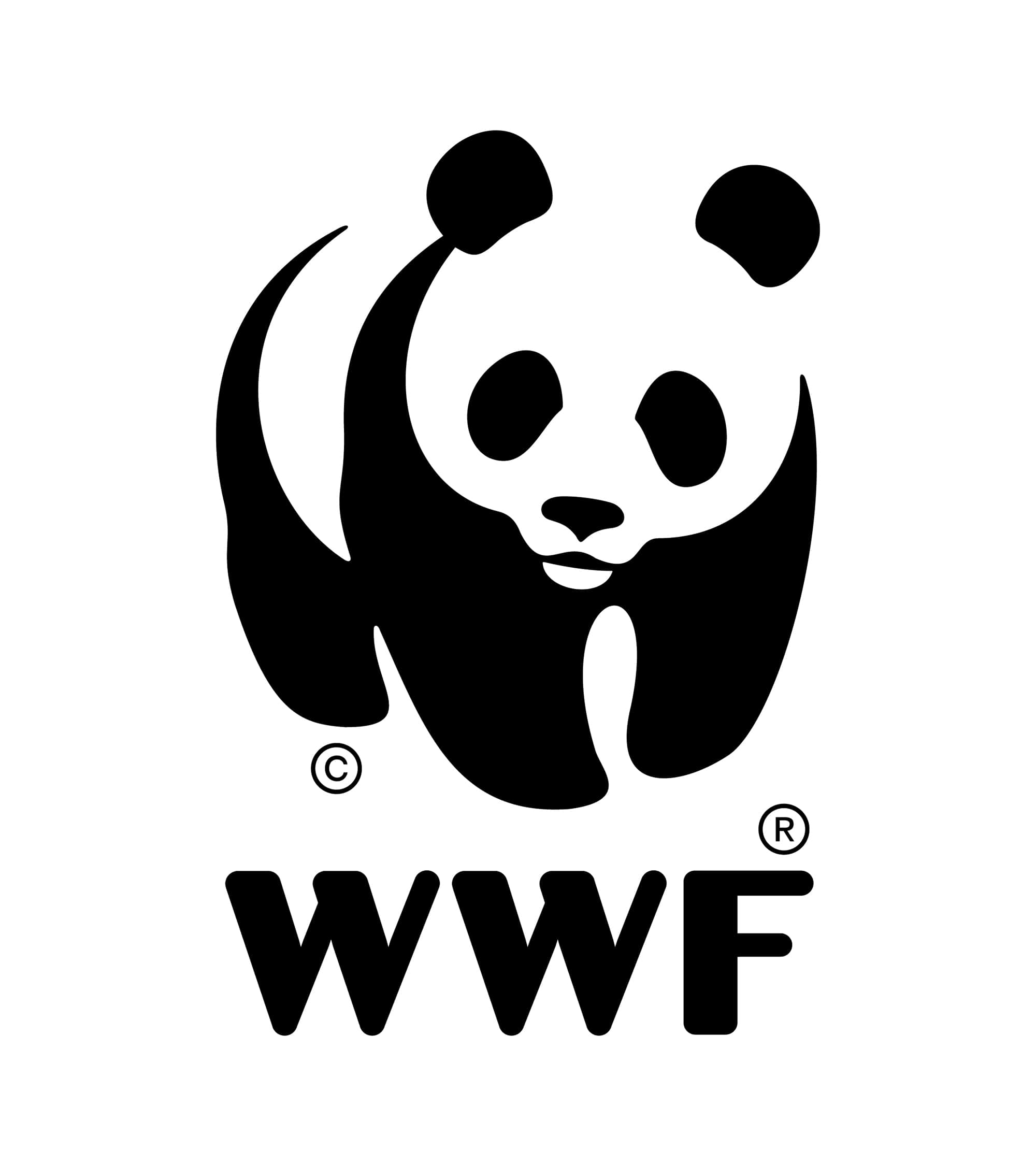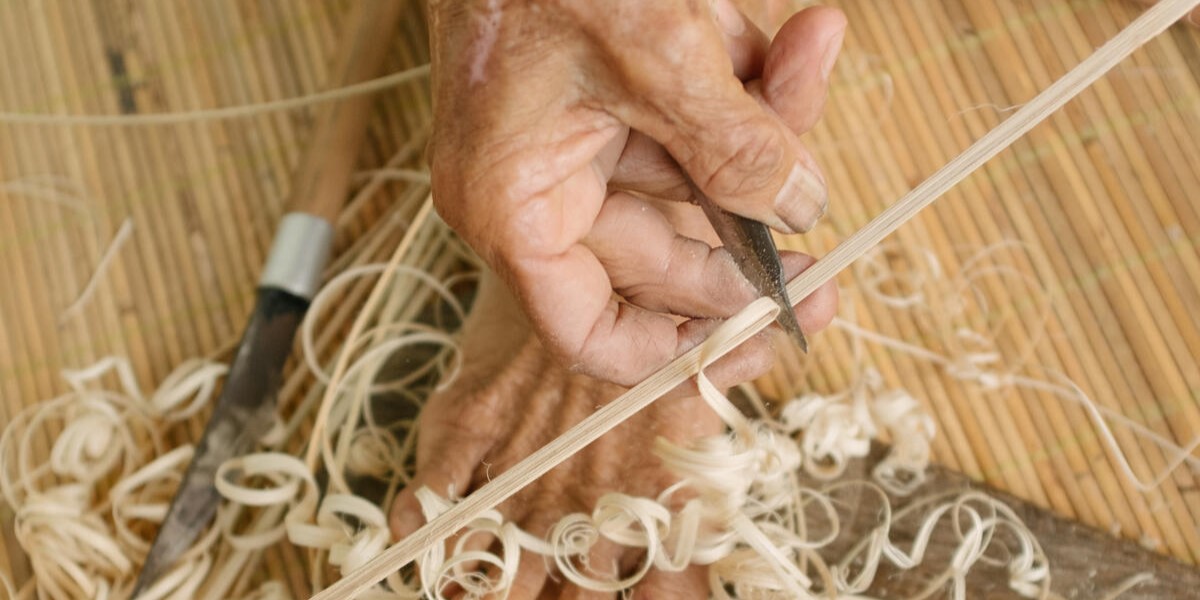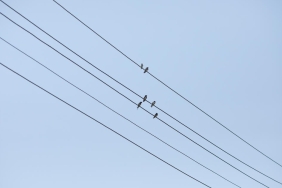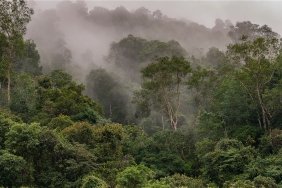INDONESIA PROFIT FROM GREATER MEKONG RATTAN PROGRAMME
Jakarta – Sustainable rattan management is one of the programs that have been developed by WWF Greater Mekong Programme in three countries, Cambodia, Laos and Vietnam. In order to obtain the lesson learnt of sustainable rattan management in Greater Mekong area, WWF-Indonesia attends the final evaluation workshop on rattan program on 1-2 November 2011 in Vientiane, Laos. The workshop is attended by the representative of WWF Indonesia, namely Heart of Borneo (HoB) National Coordinator, Wisnu Rusmantoro and Muller Schwanner Coordinator, Ambang Wijaya.
Sustainable rattan program in Cambodia, Laos and Vientam has been developed by WWF Greater Mekong Program. This program has been supported by the European Union (EU) and IKEA since 2007. The purpose of the workshop is to share experiences and concrete best practices along a sustainable rattan supply chain that could be also replicated in other countries, like Indonesia. WWF-Indonesia recently started again the activities in Kalimantan with the objective to pilot sustainable rattan management and production based on legal, clean and sustainable principles.
Indonesia is a key country for rattan production. About 80 percent of rattan on the global market comes from Indonesia, according to a recent trade flow analysis by WWF. This roughly corresponds to 37,500 tons with a value of 34 millions . The major buyers are the EU and China. Rattan provides not only various benefit for subsistence needs, such as materials for housing and household utensils, medicines as well as food, but also cash income. Unfortunately, the rattan resources in Indonesia are seriously threatened by extinction due to forest destruction as rattan’s habitat and the absence of national rattan management strategies that are consistent.
Although Indonesia is a source of more than 80 percent of the world rattan raw materials, but in fact rattan industry and production within Indonesia it has narrowed its economic contribution. While on the world market, rattan products increasingly marginalized and defeated by imitation rattan products.
Rattan raw material supply arrangement through open-close mechanism of export since 1979 was never made Indonesian rattan products industry can grow and develop much less a world-class industry, while in the upstream, the farmers complained that the rattan remains unsold and economic value commensurate.
The supply of raw materials should be managed in an integrated manner along with other variables, namely consumption, material substitution, new comers, industry internal competition and positive role of government, so that the rattan could provide social and economic benefits for stakeholders, but remain in the corridor of forest sustainability as a habitat for rattan ecosystem,” said Lisman Sumardjani, a rattan expert from Indonesia Rattan Foundation.
Regarding to sustainable rattan program, WWF-Indonesia in collaboration with the Community Foresty Working Group and Teropong Foundation along with Lisman Sumardjani, the expert from Indonesia Rattan Foundation, facilitates the program for market and industry strengthening on sustainable rattan in HoB area, namely Katingan District in Central Kalimantan as part of efforts to achieve integrated management of rattan. “It is expected that the sustainable rattan development in Katingan District will not only impact on improving the welfare of society and efforts for reducing pressure on forests, but also the preservation of rattan species itself,” said Wisnu Rusmantoro. Furthermore according to Wisnu, rattan development can reforest an area that has been damaged. The efforts for integrating the sustainable management of rattan that includes upstream and downsteam, from production through to marketing the products, ultimately also aligned with the vision of HoB initiative is the conservation and sustainable development. HoB program’s success will only be achieved if the community in and around forest areas benefit from forests, such as rattan, so they will keep and preserve the forest in the vicinity of their lives.
Meanwhile, according to Thibault Ledecq, WWF’s Greater Mekong Program Rattan Project Coordinator, it is time for Indonesia to switch to more sustainable practices if the country wants to profit from rattan in the future. “The international market demands legal and rattan products certified. Many states have put trade policy which requires continuity and the origin of product then be smart producers who benefit from the sustainable rattan,” said Ledecq added.
More information, please contact:
- Thibault Ledecq
Regional Rattan Project Coordinator, WWF Greater Mekong Programme
Mobile: +865 20 2241 3102
Email: thibault.ledecq@wwf.panda.org
- Noy Promsouvanh
Regional Communications Officer, WWF Sustainable Rattan Program
Mobile: +856 20 2221 6929
Email: noy.promsouvahn@wwf.panda.org
- Elisabeth Wetik,
HoB National Communication Officer, WWF-Indonesia
Mobile: +6281398713882
Email: ewetik@wwf.or.id
Notes to the editors:
- There are 600 rattan species in the world. Rattan, a climber from the palm family is available in forests throughout the Greater Mekong region. More than 90 percent of rattan processed here originates from natural forests and is being depleted at an unsustainable rate. This overexploitation threatens an important source of income for local people, for whom around 50% of their cash income derives from rattan. www.panda.org/rattan
- The average trading volume of rattan decreased from 87,500 tonnes in 2006 to 62,000 tonnes in 2008. The reasons are dwindling rattan resources and forest loss. The trade flow analysis “Global Rattan Trade: Pressure on Forest Resources” can be downloaded from www.panda.org/rattan
About WWF
WWF is one of the world's largest and most respected independent conservation organizations, with almost 5 million supporters and a global network active in over 100 countries. WWF's mission is to stop the degradation of the earth's natural environment and to build a future in which humans live in harmony with nature, by conserving the world's biological diversity, ensuring that the use of renewable natural resources is sustainable, and promoting the reduction of pollution and wasteful consumption. WWF-Indonesia Jakarta office leads and coordinates 25 field offices. WWF-Indonesia conservation programme takes place in protected areas in 17 Indonesian provinces. WWF-Indonesia’s vision is “Conservation of Indonesia biodiversity for the well-being of present and future generations”. www.wwf.or.id
About Heart of Borneo (HoB)
Heart of Borneo (HoB) is an initiative of Brunei Darussalam, Indonesia and Malaysia based on the principles of conservation and sustainable development for the tropical highland forests in Borneo. The HoB initiative’s goal is to preserve and maintain the sustainability of one of Borneo’s best remaining rain forests, for the welfare of present and future generations. WWF is working to conserve The Heart of Borneo, 230.000 km2 of one of the world’s most biologically diverse, economically viable, and seriously threatened forests in Indonesia, Malaysia, and Brunei Darussalam. http://wwf.panda.org/what_we_do/where_we_work/borneo_forests or www.wwf.or.id/HeartofBorneo or www.heartofborneo.or.id
“Global Rattan Trade: Pressure on Forest Resources – Analysis and Challenges”, WWF, 2011





